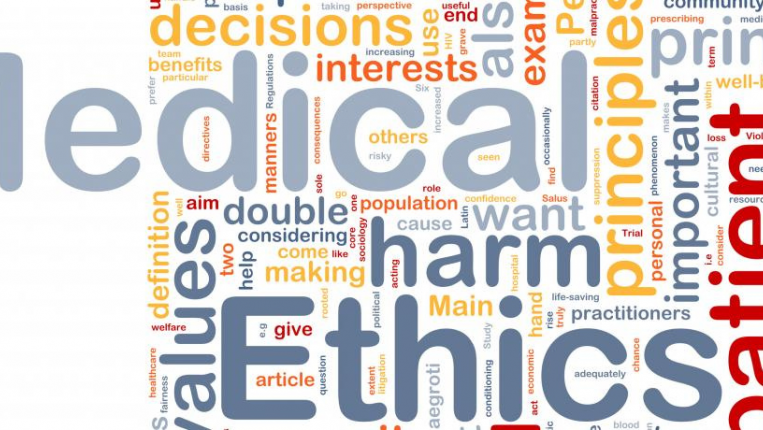This CU is of the modular type and precedent of Growth and Development II CU.
Intended learning outcomes (knowledge, skills and competences to be developed by the students)
- The student will have an active role in the learning of the pathophysiology of cardiac and pulmonary diseases, as well as its main clinical implications and the diagnostic methods.
- Having an integrated approach including histopathology and cell biology, pathophysiology, genetics, immunology, influence of senescence, main clinical manifestations, laboratory, imaging and other diagnostic methods (ECG, pulmonary function tests) will be addressed for covering the following topics:
- Understand hypovolemic and septic shock, integrating the dysregulation by the organ systems and the interactions within the cardiopulmonary system.
- Understand hemodynamics, anatomy and histology, as well as biochemistry, genomics and proteomics and skillslab training on physical examination of cardiac and pulmonary diseases, pulmonary function and resuscitation.
Syllabus
- Atherosclerosis;
- Myocardial ischemia;
- Myocardial infarction and other acute coronary syndromes;
- Heart failure;
- Valvular heart diseases;
- Cardiac arrhythmias;
- Hypertension;
- Renal artery stenosis and acid-base disorders;
- Asthma;
- Pneumonia;
- The vasculature: atherosclerosis and myocardial infarction;
- The heart: arrhythmias, valvular disease and heart failure;
- The kidneys: renal artery stenosis and acid-base disorders;
- The lungs: asthma and pneumonia;




